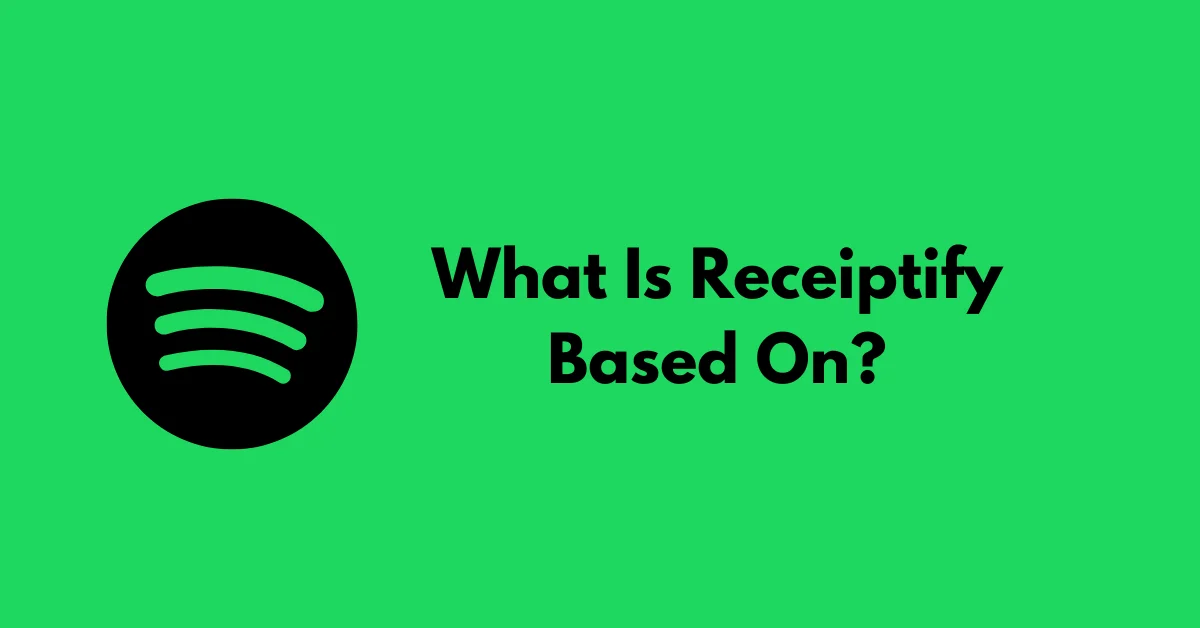Receiptify is a unique website and app that transforms your music listening data into a fun, creative format – a receipt! Created by Michelle Lui, this innovative platform takes your streaming data from popular services like Spotify and Last.fm and presents it in a digital “receipt” layout.
Contents
What Is Receiptify Based On?
The idea behind Receiptify was sparked by the wildly popular Instagram account @albumreceipts. This account took album tracklists and reimagined them as receipts, capturing music fans’ attention with its clever and visually appealing concept.
Seeing the massive appeal of these “album receipts,” Michelle realized there was an opportunity to apply this same creative approach to individual users’ listening data. Thus, the concept for Receiptify was born!
How Receiptify Works?
At its core, Receiptify is all about taking the dry, numerical data of your music streaming habits and transforming it into an engaging, shareable format – the classic receipt design.
To get started, users simply connect their Spotify or Last.fm accounts to Receiptify. The app then accesses and analyzes the user’s listening history, gathering data on:
- Artists listened to
- Songs played
- Albums explored
- Total listening time
This data is then cleverly organized into a mock “receipt” that breaks down the user’s top artists, songs, and listening habits in a fun, creative layout mimicking a real receipt from a store or restaurant.
The Magic of Data Visualization
What makes Receiptify so engaging is its ability to take something as mundane as streaming numbers and transform it into a highly shareable, visual format. Data visualization is the key – by reimagining the data as a receipt, Receiptify taps into the inherent appeal of creative design.
Users can easily share their “receipts” on social media or just enjoy them as a unique snapshot of their recent music tastes and habits. The shareable nature of these receipts has driven much of Receiptify’s popularity, as both music fans and casual listeners love sharing their creative listening breakdowns.
The receipt format also adds an extra dimension of quirkiness and personality. Imagining your most-played artists and songs literally being “purchased” from a music store creates an amusing juxtaposition that connects with Receiptify’s core audience of music enthusiasts.
Always Innovating
While Receiptify’s core concept is presenting streaming data as receipts, the platform is constantly evolving with new features and ideas.
For example, recent updates have allowed users to customize their receipts further, changing details like the branded logo, styling, and even fictional “prices” of the listed artists and songs. This expanded customization amplifies the platform’s core concept of creative data visualization.
Michelle Lui and her team are also exploring ideas like allowing users to order physical printed versions of their receipts and enabling options to filter receipts by specific time periods, genres, or moods.
